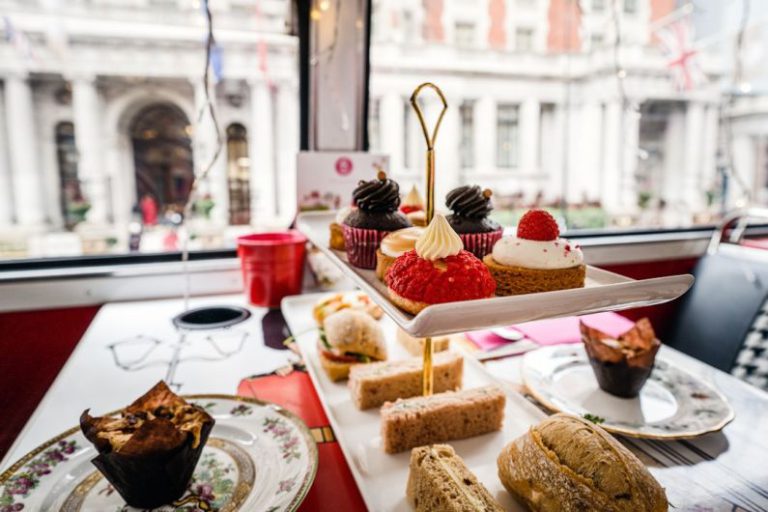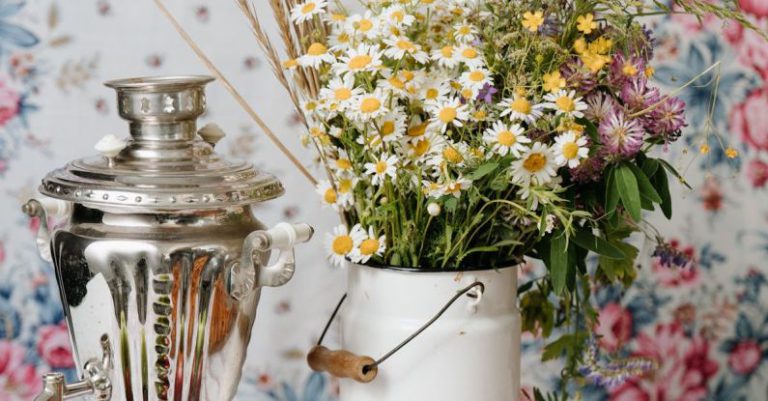Unveiling the Japanese Tea Ceremony: a Spiritual Dialogue
The Japanese Tea Ceremony, also known as Chanoyu or Chado, is a traditional ritual rooted in Japanese culture that goes beyond just making and serving tea; it is a spiritual dialogue that embodies harmony, respect, purity, and tranquility. Dating back to the 9th century, this intricate practice has evolved over the centuries but has maintained its essence of mindfulness and connection. Let’s delve into the world of the Japanese Tea Ceremony and explore the profound meanings hidden within its meticulous rituals and gestures.
The Essence of Harmony and Respect
At the core of the Japanese Tea Ceremony lies the concept of Wa Kei Sei Jaku, which translates to harmony, respect, purity, and tranquility. These principles govern every aspect of the ceremony, from the preparation of the tea to the interactions between the host and the guests. The harmonious relationship between the host and the guests is crucial, with everyone involved encouraged to be fully present and engaged in the moment. This emphasis on harmony and respect fosters a sense of unity and mindfulness, creating a space where all participants can connect on a deeper level.
The Ritual of Preparation
The meticulous preparation of the tea is a central aspect of the Japanese Tea Ceremony and is considered an art form in itself. Every movement, from measuring the tea to whisking it into a frothy consistency, is performed with precision and grace. The utensils used in the ceremony, such as the tea bowl, tea scoop, and whisk, are carefully selected and handled with reverence. The act of preparing the tea is not just about making a beverage but is a meditative practice that requires focus and intention.
The Tea Room as a Sacred Space
The tea room, or Chashitsu, is a sacred space where the Japanese Tea Ceremony takes place. Designed to create a sense of tranquility and simplicity, the tea room is free from distractions and adorned with minimalistic decorations. The layout of the room, the placement of the utensils, and even the design of the tatami mats all play a role in creating an atmosphere conducive to reflection and connection. The guests are encouraged to leave their worldly concerns at the door and enter the tea room with an open heart and mind.
The Ceremony as a Meditation
Participating in the Japanese Tea Ceremony is akin to a meditation practice, where every movement and gesture is performed with mindfulness and intention. The act of drinking the tea is not rushed but savored, allowing the participants to fully appreciate the flavors and aromas of the beverage. The silence that often accompanies the ceremony is not awkward but invites introspection and contemplation. By engaging in the ritual of the tea ceremony, participants can cultivate a sense of peace and inner harmony.
The Role of the Tea Master
Central to the Japanese Tea Ceremony is the Tea Master, or Chajin, who orchestrates the entire ceremony with skill and grace. The Tea Master is not just a host but a guide who leads the guests through the ritual, explaining the significance of each gesture and utensil. Their presence is essential in creating an atmosphere of reverence and mindfulness, setting the tone for the spiritual dialogue that unfolds during the ceremony. The Tea Master’s years of training and dedication to the art of tea are evident in their every movement, making them a revered figure in Japanese culture.
Embracing Imperfection: Wabi-Sabi Aesthetics
In the Japanese Tea Ceremony, there is a concept known as Wabi-Sabi, which celebrates the beauty of imperfection and impermanence. This aesthetic philosophy values simplicity, humility, and authenticity, recognizing that true beauty lies in the natural and unrefined. The tea bowls used in the ceremony, for example, are often handmade and bear subtle irregularities that add to their charm. By embracing imperfection, participants in the tea ceremony can let go of their desire for perfection and appreciate the beauty in simplicity.
In Conclusion: A Path to Enlightenment
The Japanese Tea Ceremony is more than just a cultural tradition; it is a spiritual practice that offers a pathway to enlightenment and inner peace. Through its emphasis on harmony, respect, and mindfulness, the ceremony encourages participants to cultivate a deep connection with themselves, others, and the natural world. By engaging in this ancient ritual, individuals can find solace in the present moment and experience a sense of profound tranquility. The Japanese Tea Ceremony serves as a reminder that true beauty and meaning can be found in the simplest of gestures and that through mindfulness and intention, we can create a space for spiritual dialogue and connection.






